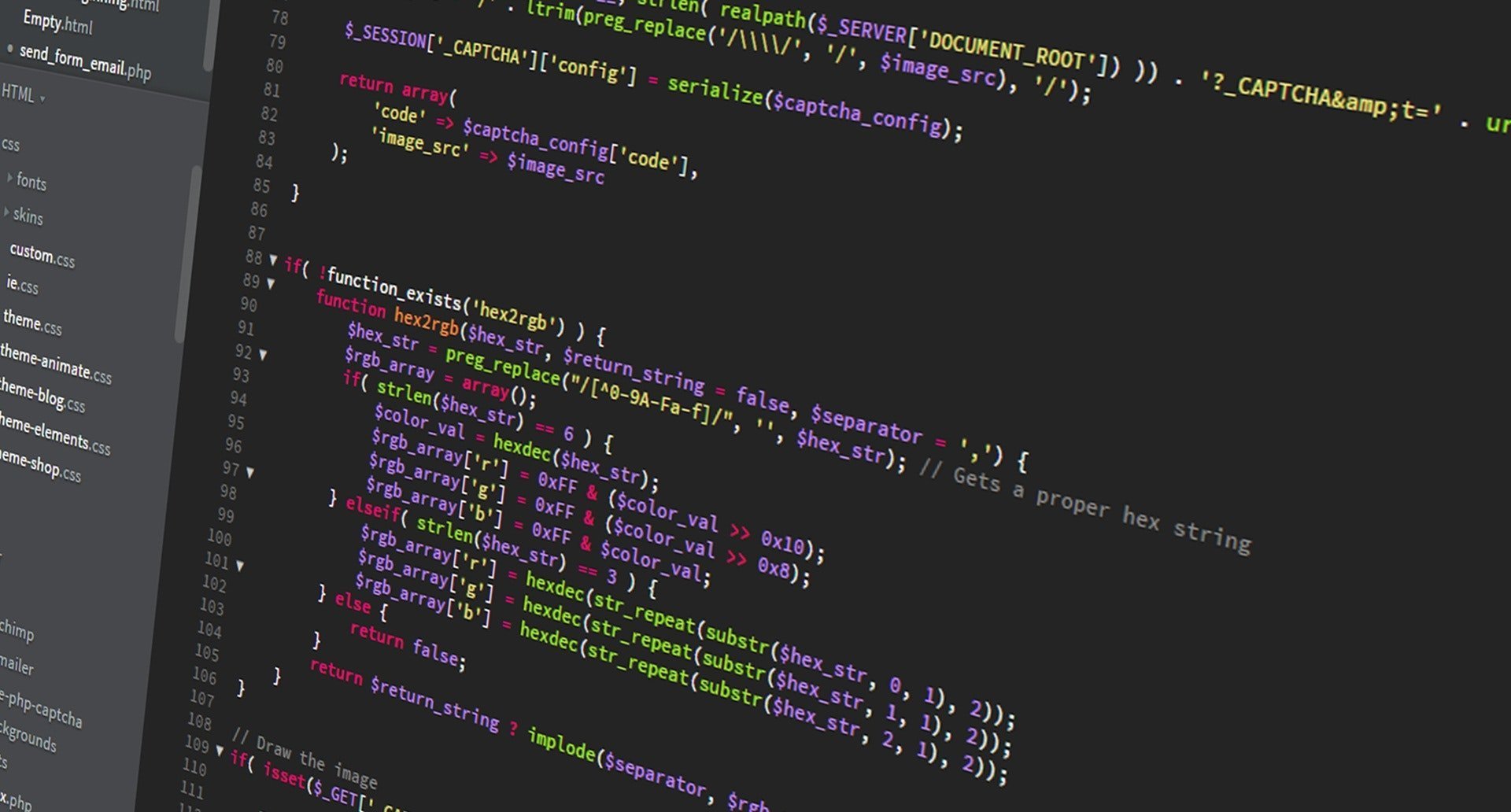Installing a septic tank is a big job for property owners. It has lasting effects on wastewater and the environment. Installing property correctly is important. Mistakes can cause legal and environmental problems. Here are seven common pitfalls to steer clear of:

- Failing to Obtain the Right Permits
Before installing a septic tank, get permits and follow local rules. Tickets are important because they help facilities follow the rules. This is to protect the environment and public health. Neglecting this step can lead to legal complications, costly fines, and project delays.
- Choosing the Wrong System for Your Property
Selecting the appropriate septic system and size is crucial for efficient waste management. Choose the right design or size to avoid overflow, flooding, backups, and slow drains. When choosing, consider the size of your property, the number of people living there, and the soil. Talking to an expert will give you different perspectives and help you choose what’s best for you.
- Lack of Proper Installation Techniques
Proper installation techniques are vital to the long-term functionality of your septic system. Inadequate excavation, backfilling, or compaction can compromise the system’s integrity. If the soil settles unevenly, it can damage the tank’s structure due to poor reduction. Following industry-standard practices during installation ensures the system functions optimally.
- Failure to Test the Soil & Consider Pollution
Assessing the soil quality is a critical step in septic tank installation. The soil must have the right properties to treat and filter wastewater effectively. If you don’t test the ground and think about pollution, it can cause environmental and health problems. We check the soil’s texture, permeability, and depth to see if the area is good for a septic system.
- Incorrect Septic Tank Placement
The proper placement of the septic tank is essential for its efficient operation. It should be buried at the right depth and in an appropriate location to prevent future issues. If you put the tank too close to the surface, it can freeze and get damaged. Conversely, burying it too deeply can make maintenance and repairs challenging. Proper tank placement ensures the system’s longevity and functionality.
- Using the Wrong Soil in the drain field
The type of soil in the drain field is crucial to wastewater treatment. Different soil types have varying abilities to absorb and treat effluent. Selecting the right ground improves the system, avoiding tank failure and water pollution. To make your septic system work well, choosing the right bottom for the drain field is important.
- Failure to Execute Proper Excavation
Inadequate excavation practices can lead to complications throughout the installation process. Small work areas can slow down crews and make it easier to fill and compact properly. To install properly, excavate a suitable site and ensure it’s deep enough. This is important for a smooth installation without problems.
Conclusion
Avoid these common installation mistakes to ensure your septic tank system works smoothly. Follow these tips to maintain a healthy septic system that is safe for the environment. Consult experts and use best practices. Find professionals to do a septic tank inspection to let you know what to do.





